The abandoned pet crisis remains one of the most heartbreaking yet overlooked tragedies in modern society. Behind the statistics lie countless stories of loyalty betrayed, trust broken, and silent suffering. These animals, once cherished members of human families, suddenly find themselves navigating the harsh realities of shelters, streets, or worse. Their psychological wounds often run deeper than physical scars, manifesting in ways we are only beginning to fully understand.
The invisible scars of abandonment linger long after rescue. Veterinarians and animal behaviorists report that formerly abandoned pets frequently exhibit symptoms mirroring complex PTSD in humans. The sudden disappearance of their family—often without explanation or warning—triggers profound confusion. Many develop hyper-vigilance, startling at sudden movements or sounds. Others withdraw completely, losing interest in play or affection they once enjoyed. Shelter workers describe dogs who refuse to leave their kennel corners for weeks, or cats who compulsively overgroom until their skin bleeds.
Language barriers compound the trauma. Unlike human children who can ask "why?" or receive explanations about divorce or financial hardship, pets experience abandonment as complete emotional annihilation. The mailbox left unchecked, the favorite toy untouched, the familiar scent fading from blankets—these become their only narrative. Animal cognition researchers have documented how dogs will wait months or years at the spot where their owner last left them, their biological clocks syncing with former walking or feeding schedules long after the routine has ended.
Rehabilitation requires rewriting this narrative of betrayal. Specialized shelters now employ techniques adapted from child psychology. The "trust ladder" approach gradually reintroduces positive human contact through predictable routines: always feeding at the same window, using consistent verbal cues, avoiding sudden gestures. One innovative program pairs anxious dogs with confident shelter veterans—the newcomers learn social skills by observing how their peers interact safely with humans. For cats, environmental enrichment proves crucial; vertical spaces to reclaim territory and puzzle feeders that rebuild their sense of agency over sustenance.
The role of foster families cannot be overstated. These transitional homes provide the missing link between institutional care and permanent adoption. A skilled foster caregiver recognizes subtle breakthroughs—the moment a dog initiates play instead of waiting passively, or when a cat chooses to nap beside a human rather than hiding. These small victories chart the nervous system's recalibration to safety. Remarkably, many traumatized animals show extraordinary forgiveness once given patient, consistent care. Their capacity to love again—though perhaps more cautiously—stands as a testament to resilience we scarcely deserve.
Adoption demands emotional preparedness many enthusiasts underestimate. The Instagram-perfect "rescue story" often glosses over months of setbacks. House-training regression during thunderstorms, food aggression triggers, or unexplained fear responses test even compassionate owners. Support networks prove vital; online communities share strategies for everything from separation anxiety (gradual departures with special chew toys) to leash reactivity (parallel walking techniques). The most successful adopters reframe expectations—not aiming for the "perfect pet" but honoring the individual emerging from trauma.
Long-term studies reveal surprising findings about post-abandonment bonds. Animals who overcome severe trauma frequently develop deeper attachments than those raised in stable homes. Their trust, once earned, carries the weight of conscious choice rather than naive instinct. Therapists increasingly recognize the mutual healing in these relationships; veterans with PTSD, abuse survivors, and isolated seniors often find their rescued companions intuitively respond to emotional needs commercial breeders rarely cultivate.
The ethical implications ripple outward. As neuroscientists confirm animals' capacity for complex emotions—from grief to gratitude—legal systems grapple with redefining their status. Several countries now recognize pets as sentient beings in civil codes, a shift that could transform abandonment cases from property disputes to something resembling guardianship termination. Meanwhile, grassroots movements advocate for "adoption counseling" to prevent well-intentioned but unprepared owners from perpetuating the cycle.
Each rehabilitated animal represents a quiet triumph against indifference. Their recovery whispers a challenge to our collective conscience: these creatures who love without agenda, who forgive without explanation, deserve more than being humanity's disposable comforts. Perhaps in learning to heal them, we inch closer to healing our own fractured relationship with the natural world.

By /Aug 4, 2025
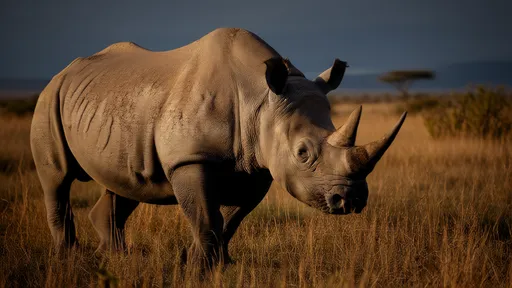
By /Aug 4, 2025
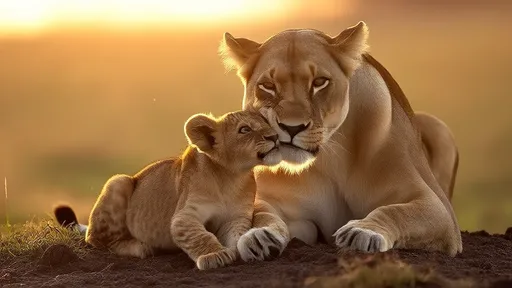
By /Aug 4, 2025

By /Aug 4, 2025

By /Aug 4, 2025

By /Aug 4, 2025

By /Aug 4, 2025

By /Aug 4, 2025
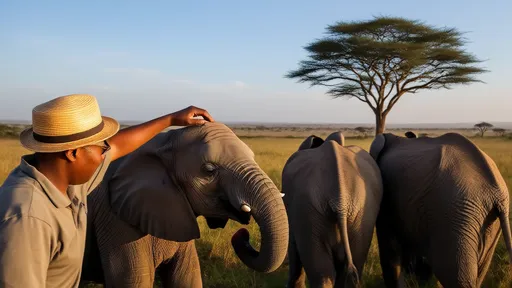
By /Aug 4, 2025

By /Aug 4, 2025
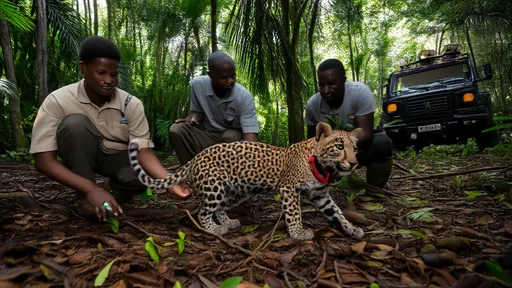
By /Aug 4, 2025

By /Aug 4, 2025
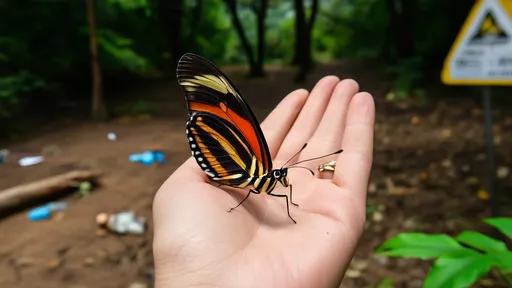
By /Aug 4, 2025

By /Aug 4, 2025

By /Aug 4, 2025
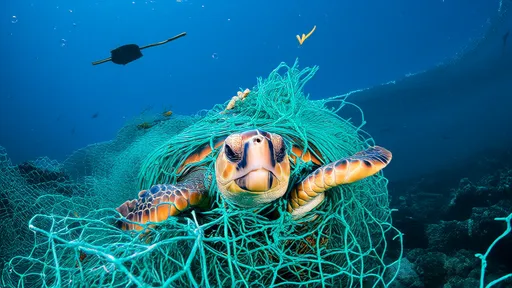
By /Aug 4, 2025

By /Aug 4, 2025
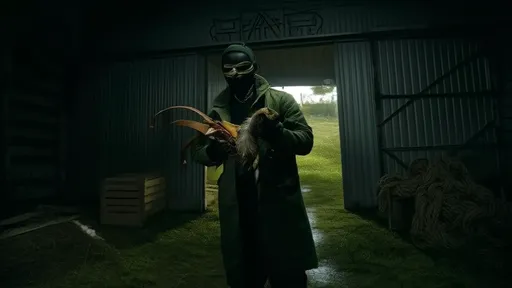
By /Aug 4, 2025

By /Aug 4, 2025

By /Aug 4, 2025